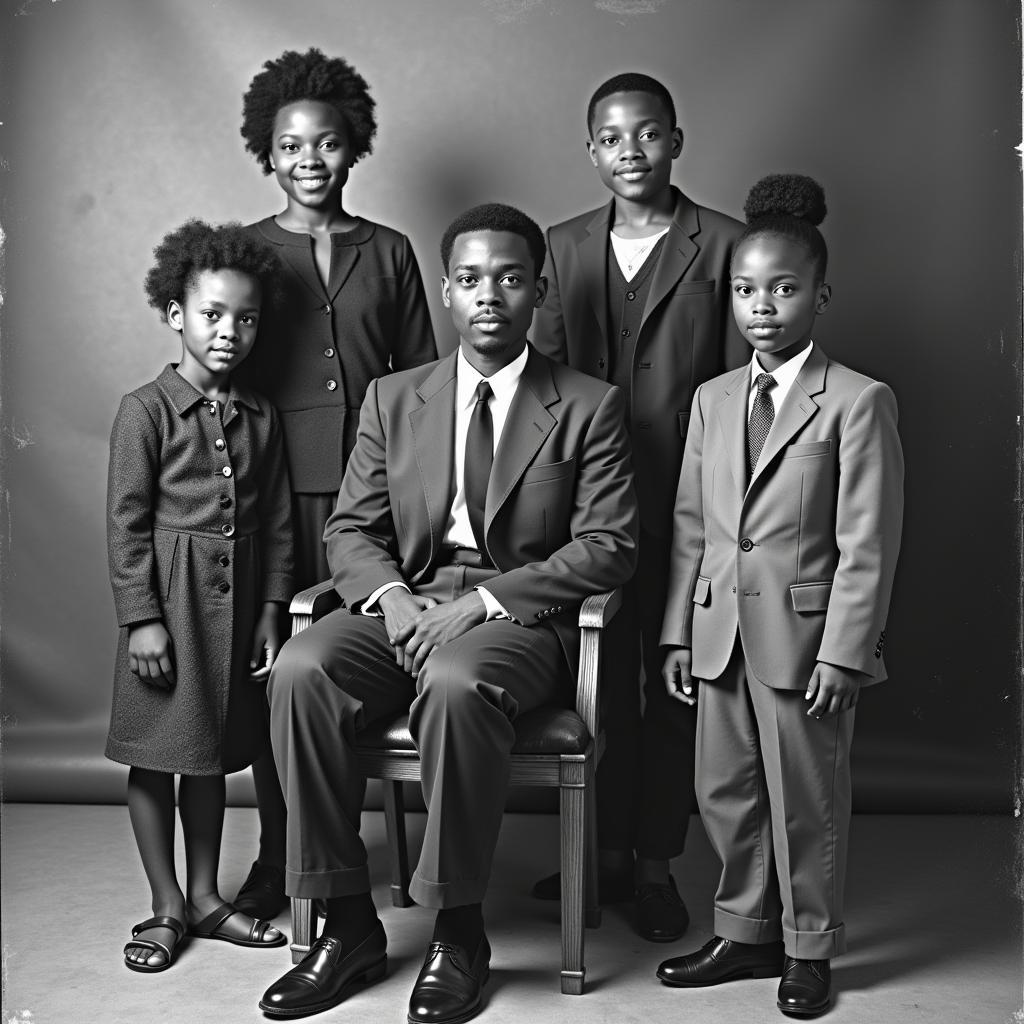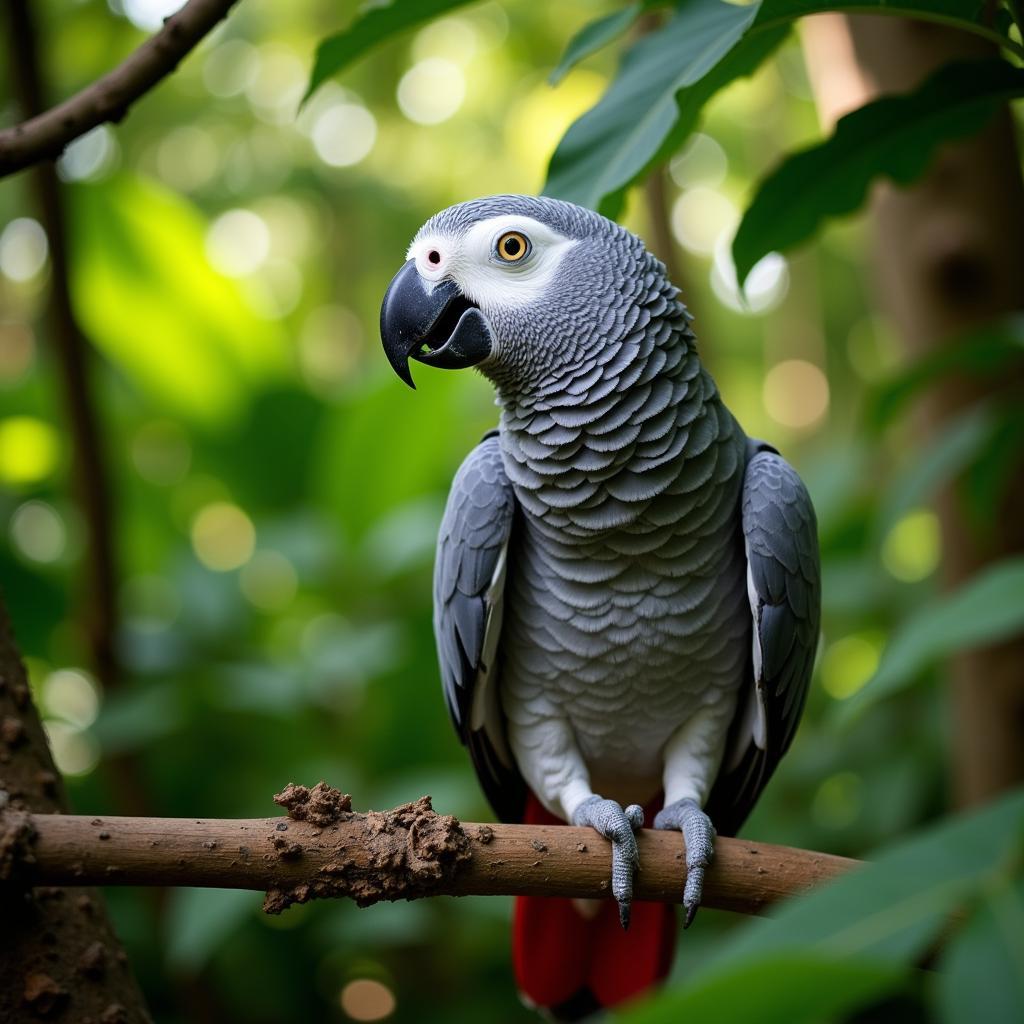Exploring the Rich History and Culture of African Bark Cloth
African Bark Cloth, a unique textile made from the inner bark of certain trees, holds a significant place in African history and culture. For centuries, this versatile material has been used for clothing, bedding, ceremonial attire, and even artistic expression, reflecting the ingenuity and creativity of African communities. This article delves deep into the fascinating world of African bark cloth, exploring its production, uses, and cultural significance. You’ll discover the rich heritage behind this ancient craft and its continuing relevance in the modern world. For those interested in acquiring this unique piece of African culture, you can find African barkcloth for sale at select outlets.
From Tree Bark to Textile: The Making of African Bark Cloth
The process of creating African bark cloth is a labor of love, passed down through generations. It begins with carefully selecting specific tree species, such as the Mutuba fig tree (Ficus natalensis). The inner bark is then harvested during the wet season when it is most pliable. The outer bark is skillfully removed, revealing the inner layer, which is then beaten and stretched using mallets or hammers. This meticulous pounding process softens and expands the fibers, transforming the rough bark into a smooth, pliable textile. The cloth is then sun-dried and can be further decorated with natural dyes and intricate patterns. This traditional method produces a unique textile with remarkable texture and durability. You can see the modern interpretation of this traditional cloth by checking out African bark cloth on ramp.
The unique properties of bark cloth, such as its strength and breathability, make it ideal for a variety of applications. Traditionally, it has been used to create clothing, blankets, wall hangings, and ceremonial garments. The flexibility of the material allows for diverse artistic expression, with artisans creating intricate patterns and designs that reflect the cultural heritage of their communities.
The Cultural Significance of African Bark Cloth
African bark cloth is more than just a fabric; it’s a symbol of cultural identity and heritage. In many African communities, bark cloth holds a sacred place in rituals and ceremonies. It is often used in traditional weddings, funerals, and initiation rites, representing continuity and connection to ancestors. The intricate patterns and designs woven into the cloth often tell stories and convey important cultural messages. For example, certain motifs may symbolize fertility, prosperity, or protection. Understanding the cultural significance of African bark cloth provides insight into the rich history and traditions of African societies. You can learn more about the history of African fashion through the African fashion timeline.
Is African Bark Cloth Sustainable?
Yes, African bark cloth is considered a sustainable textile. The harvesting process does not kill the tree, allowing it to regenerate its bark over time. This sustainable practice ensures the preservation of both the craft and the environment. This eco-friendly nature adds to the appeal of bark cloth in today’s world, where sustainability is becoming increasingly important.
Conclusion: A Timeless Tradition in a Modern World
African bark cloth represents a timeless tradition, a testament to the ingenuity and artistic talent of African communities. From its humble origins as tree bark to its transformation into a versatile textile, African bark cloth continues to hold a significant place in African culture and beyond. Exploring the world of African bark cloth offers a glimpse into the rich history and artistic heritage of the African continent. It’s a craft that deserves recognition and preservation, ensuring that this ancient tradition continues to thrive for generations to come. Continue your journey of discovery by exploring more about African bark cloth on ramp.
FAQ
-
What is African bark cloth made from? African bark cloth is made from the inner bark of certain trees, primarily the Mutuba fig tree.
-
How is African bark cloth made? The inner bark is harvested, beaten, and stretched to create a soft, pliable textile.
-
What is African bark cloth used for? It is used for clothing, bedding, ceremonial attire, and art.
-
Why is African bark cloth important? It represents cultural identity, heritage, and sustainable practices.
-
Where can I buy African bark cloth? You can find African barkcloth for sale from specialized retailers and online platforms.
-
Is bark cloth durable? Yes, bark cloth is known for its strength and durability.
-
Is bark cloth eco-friendly? Yes, the harvesting process is sustainable and does not harm the tree.
If you need any assistance, please contact us: Phone: +255768904061, Email: [email protected] or visit us at Mbarali DC Mawindi, Kangaga, Tanzania. We have a 24/7 customer service team.



